Anthony Albanese’s $2bn gateway to tap Southeast Asian opportunities
Anthony Albanese will unveil a $2bn investment facility as the centrepiece of Australia’s plans to underpin the clean-energy transition and better infrastructure in Southeast Asia.
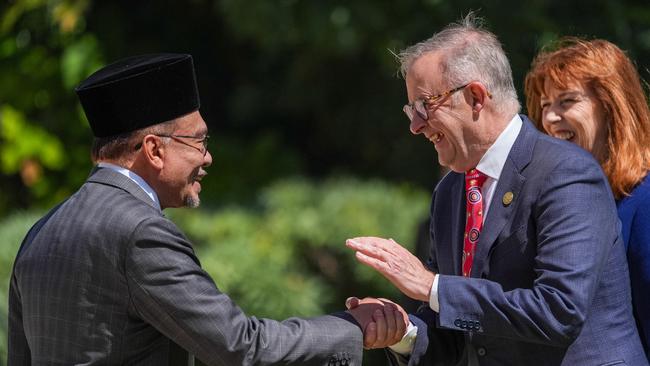
Anthony Albanese will unveil a $2bn investment facility as the centrepiece of Australia’s plans to underpin the clean-energy transition and better infrastructure in Southeast Asia, as he seeks to link more deeply the nation’s economic future to the “fastest-growing region of the world in human history”.
In a keynote address on Tuesday to a forum of 100 business leaders attending the Australia-ASEAN summit in Melbourne, the Prime Minister will announce the new facility to provide loans, guarantees, equity and insurance as part of a push to upgrade Australia’s trade and investment ties with Southeast Asia.
He will also appoint 10 new “business champions” to promote Southeast Asian economic opportunities back home, while committing a further $140m to extend a key infrastructure partnership program. Jakarta and Ho Chi Minh City will be used as business gateways or “landing pads” to help drive Australian technology exports into the region and boost the digital transformation in Southeast Asia.
Mr Albanese unveiled four new agreements with Malaysian Prime Minister Anwar Ibrahim on Monday to boost co-operation on the digital economy, youth and sports, higher education and nuclear non-proliferation.
Both leaders said they would expand co-operation on maritime decarbonisation to advance green shipping and the clean-energy transition, while engaging in more comprehensive information sharing and cyber-skills development.
Mr Ibrahim said the four new memorandums of understanding amounted to a “remarkable milestone” but made clear during a joint press conference with Mr Albanese that Malaysia was “fiercely independent” and that friendship with Australia, Europe and the US “should not preclude us from being friendly to one of our important neighbours – precisely China.”
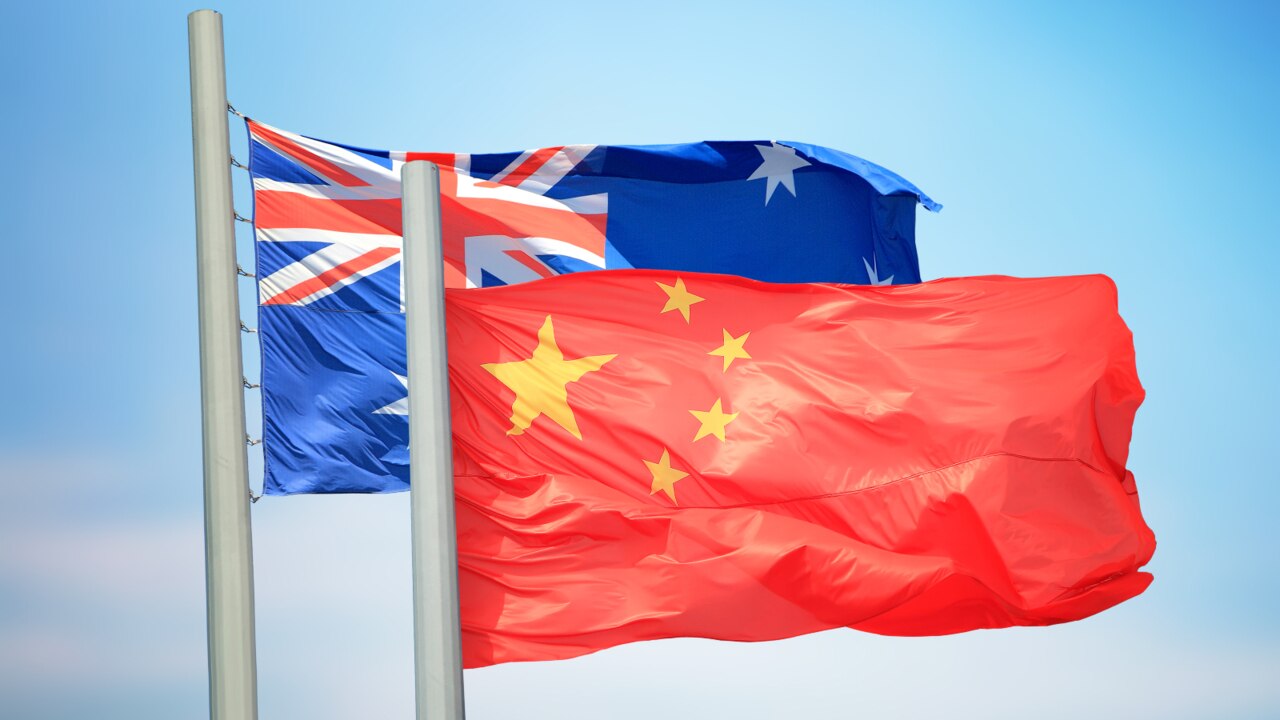
Foreign Minister Penny Wong had warned earlier that the region faced its most “confronting circumstances” for decades and, without naming China, said the region’s character was “under challenge” and new mechanisms were needed to avert conflict.
Senator Wong held bilateral meetings on Monday afternoon with her Thai, Malaysian, Indonesian and East Timor counter parts. On Tuesday, Mr Albanese will meet Singaporean leader Lee Hsien Loong.
ASEAN secretary-general Kao Kim Hourn said it was a “very wise” step for the Australian government to “reprioritise ASEAN” and there was a “lot of room to improve”, with opportunities in food security, renewable energy, the digital economy and tourism. He also revealed that Australia would be launching an Australian-ASEAN centre that would “work to promote the interests of both sides.”
“The centre will be based in Australia,” Dr Hourn said. “Also there will be a new scholarships program to benefit young people … And that is the future of ASEAN-Australia.”
The ASEAN grouping has the third-largest population in the world after China and India with 671 million people, but Dr Hourn said there remained major opportunities to increase trade volumes with Australia an “immediate neighbour.”
“We hope that Australia will take advantage of the potential and opportunities just next door to invest to do business, to increase trade,” he said. “ASEAN has many opportunities. But the numbers right now are still minimal. So we have a lot of room to improve. I think we should take advantage of the opportunity. And that’s why the special summit is very important for our leaders to reaffirm their commitment to working together.”
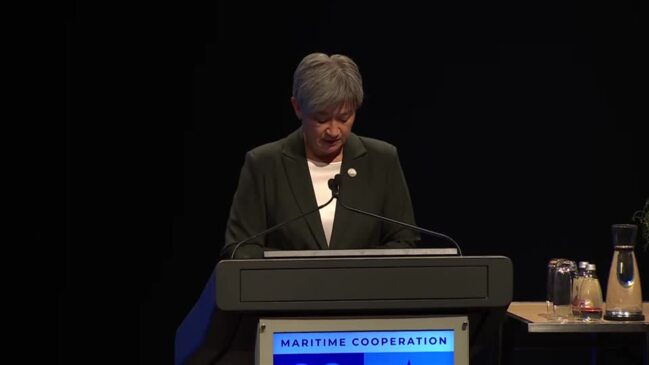
In his speech to business leaders on Tuesday, Mr Albanese will say that, more than any other region, Southeast Asia is “where Australia’s future lies” and make deepening the economic and investment relationship as an urgent priority.
“In 2022, our two-way trade with ASEAN member states passed $178bn – greater than our two-way trade with Japan or the US,” the Prime Minister will say. “And our two-way investment with the region was worth $307bn. But we want to do more, to support regional growth and to realise mutual benefits. While there is so much untapped potential, there is not unlimited time. We must act together – and we must act now.”
The announcements from the government breathe further life into recommendations in the government’s 2040 Southeast Asian economic strategy led by former Macquarie Bank boss Nicholas Moore and launched in Indonesia last September. That document made clear that Southeast Asia was projected to become the world’s fourth-largest economy by 2040, after the US, China and India, with an expected annual growth rate of 4 per cent.
Australia ranked as ASEAN’s eighth-largest two-way goods trading partner in 2022, representing just 3.4 per cent of the bloc’s goods trade. While Australia’s trade with the region has grown in nominal terms over the past 20 years, the proportion of total trade has remained constant at about 14 per cent.
Business Council of Australia chief executive Bran Black will announce a new exchange program on Tuesday for young professionals by partnering with companies from ASEAN nations, saying there were significant “economic opportunities for Australian businesses to access on our doorstop right across Southeast Asia.”
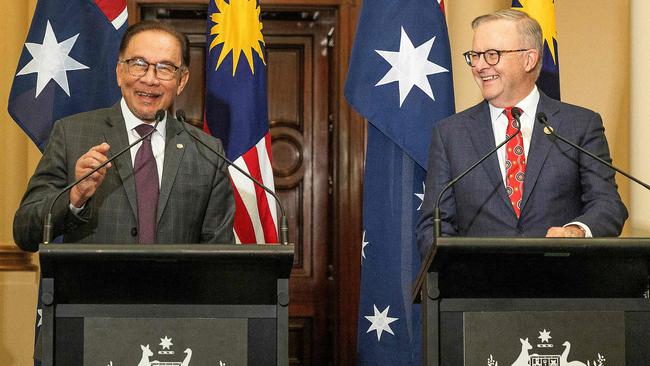
“Australia needs to build deeper business relationships with ASEAN countries and that’s why it is so important Government implements Nicholas Moore’s plan,” Mr Black said. “The BCA looks forward to playing a bigger role across our region, facilitating more business-to-business engagements that increase trade and employment opportunities and the Summit’s CEO Forum is integral.
“It is also vital we use these partnerships to strengthen our supply chains across the region, particularly as we transition to clean energy and net zero.”
As part of the suite of new measures being unveiled on Tuesday, the government will also improve access to five- and 10-year visas for Southeast Asian travellers beyond the existing three-year offering.
“This demonstrates unequivocally that Australia is open for business, tourism, and trade,” Mr Albanese will say. “We want to create a better environment for business by identifying opportunities for co-investment and dismantling barriers that hold back innovation and enterprise.”
The extra $140m for infrastructure development will go to a partnership program aimed at assisting Southeast Asian governments and ASEAN to address critical infrastructure needs through improved policy and regulation, project preparation and procurement.
Known as Partnerships for Infrastructure, the program will help accelerate the reform necessary to attract more diverse, quality infrastructure finance. It has been running since 2021.
Speaking alongside his Malaysian counterpart on Monday, Mr Albanese said Australia “made no apologies for our focus being right here in Southeast Asia, in the Indo-Pacific, because this is where our future economic prosperity will be determined”.
“This region is the fastest growing region of the world in human history,” he said. “What that presents is enormous opportunity for both our nations.”
He said Mr Moore’s 2040 strategy had identified the digital economy and energy transition as key areas of potential growth between Australia and Malaysia.
In a joint statement issued after the meeting, Mr Anwar urged Australian businesses to participate in high-technology manufacturing projects and emerging industries in Malaysia, such as smart manufacturing, petrochemicals, pharmaceuticals, artificial intelligence and renewable energy.
Mr Albanese also highlighted that Australia remained “an important supplier of LNG to Malaysia as well”.
A higher education memorandum of understanding was signed after Mr Anwar visited Monash University earlier on Monday and was aimed at encouraging more universities to set up campuses in Malaysia. A memorandum on youth sport was also signed to provide more opportunities for the next generation of Australian and Malaysian athletes to train side-by-side.
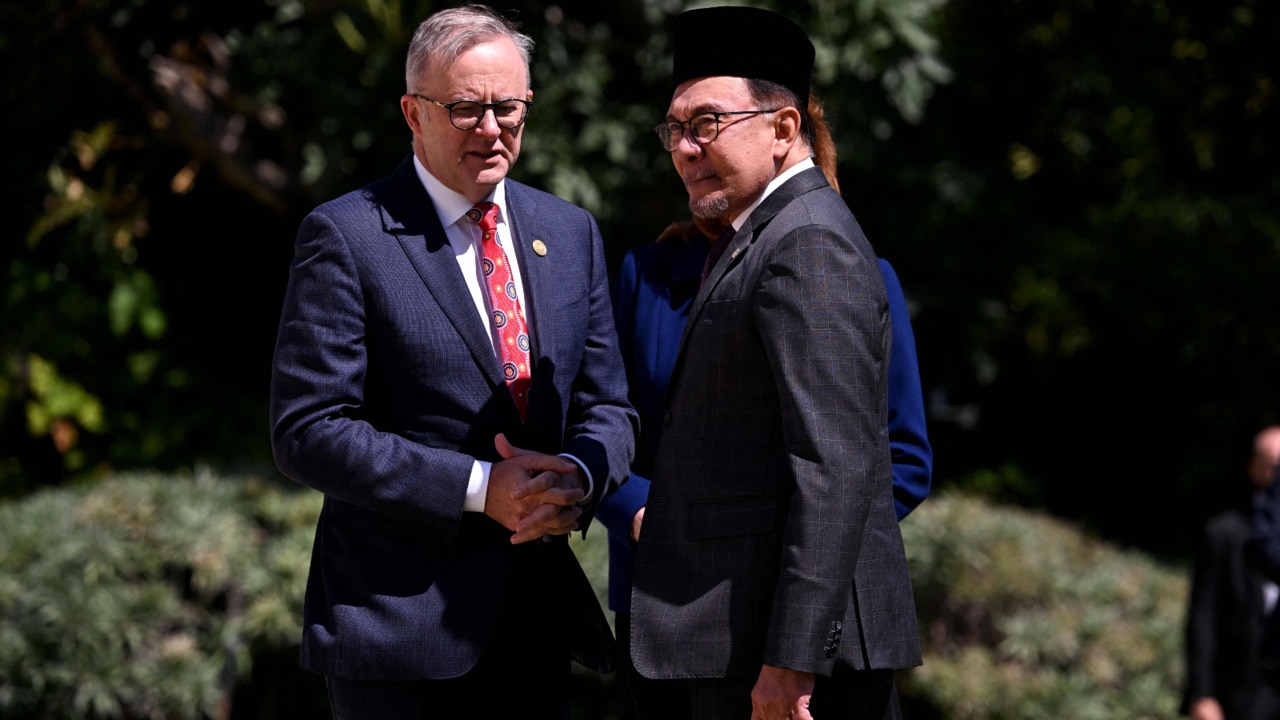
Additional Reporting: Sarah Ison






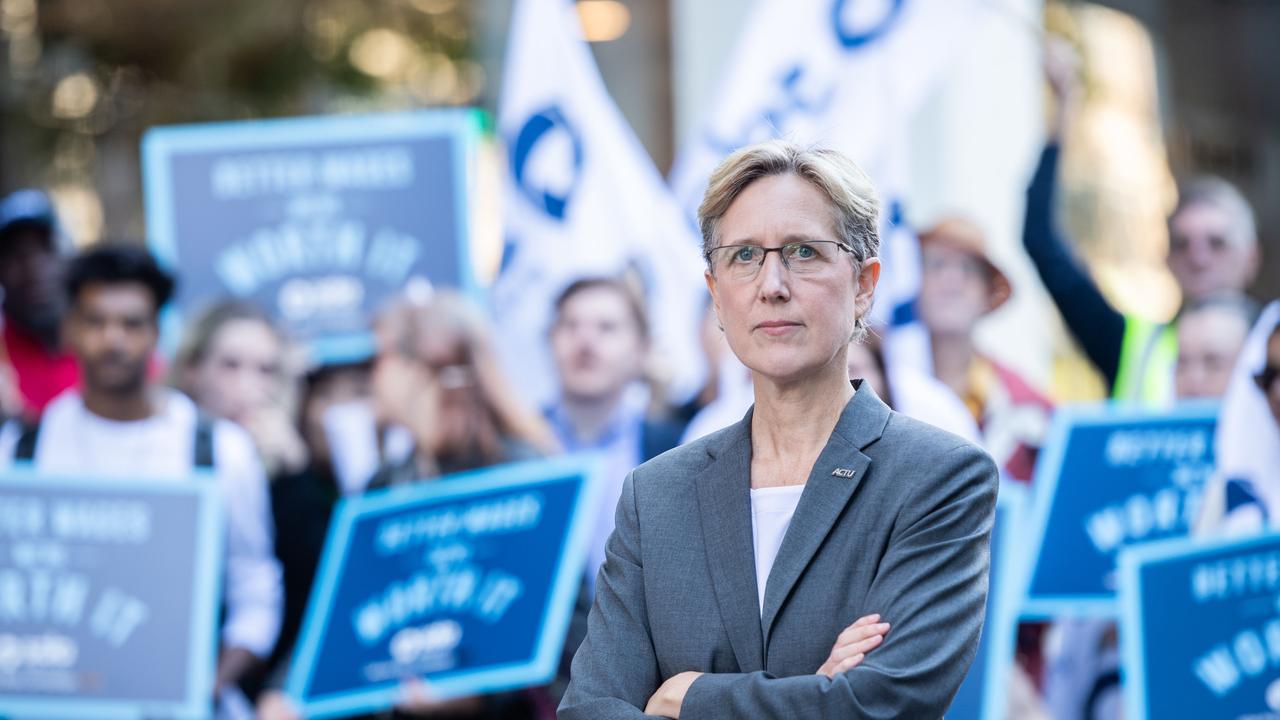
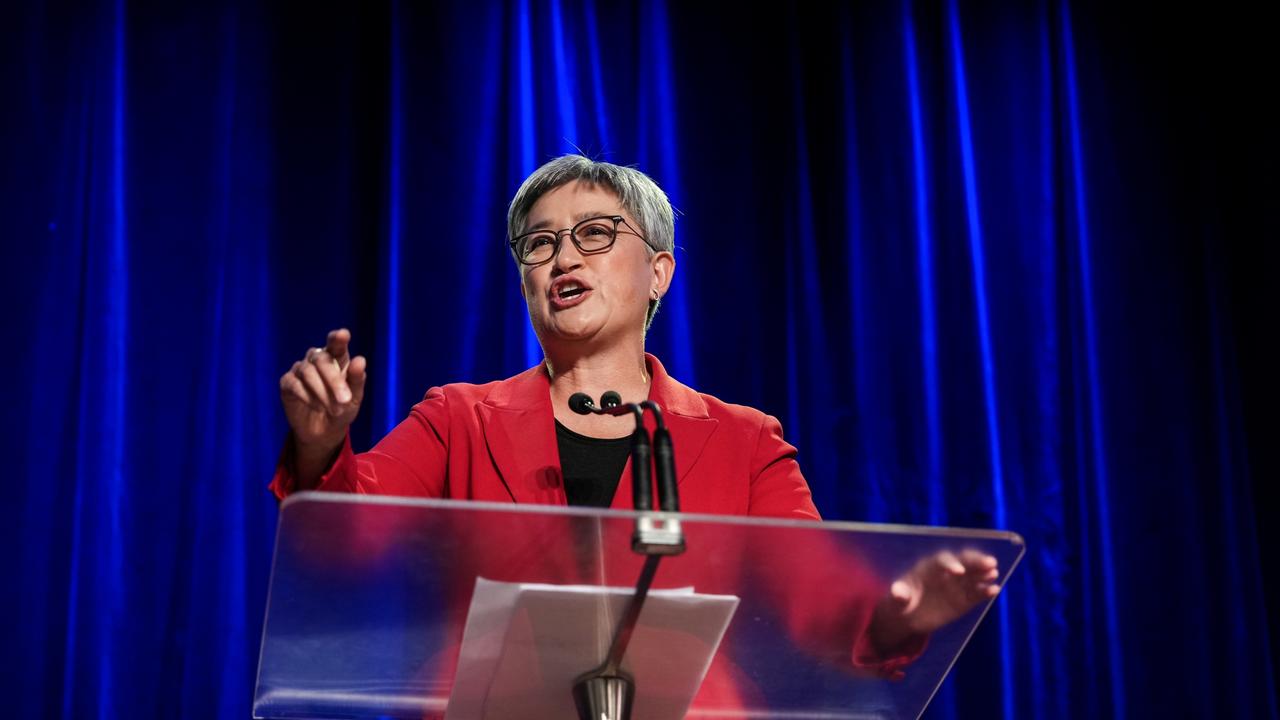
To join the conversation, please log in. Don't have an account? Register
Join the conversation, you are commenting as Logout